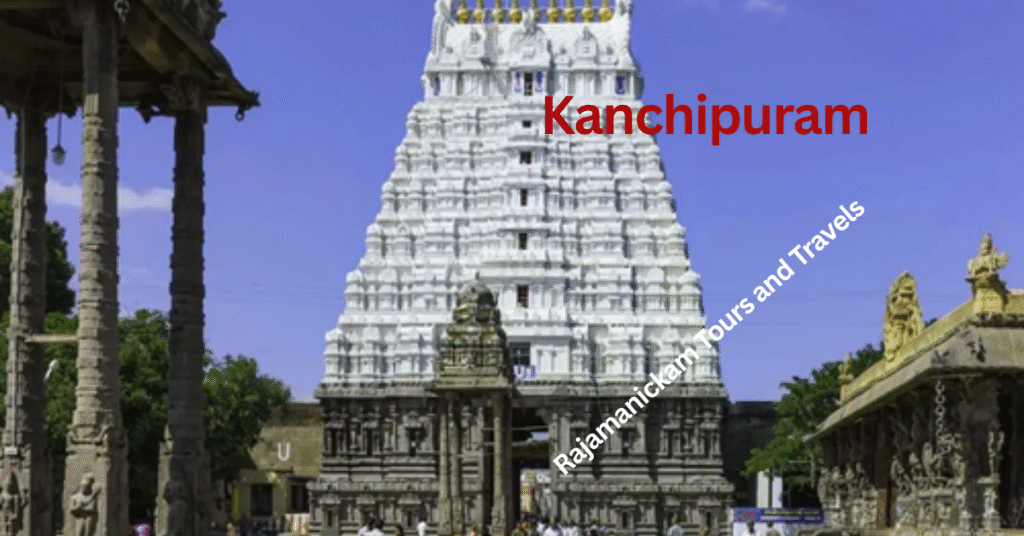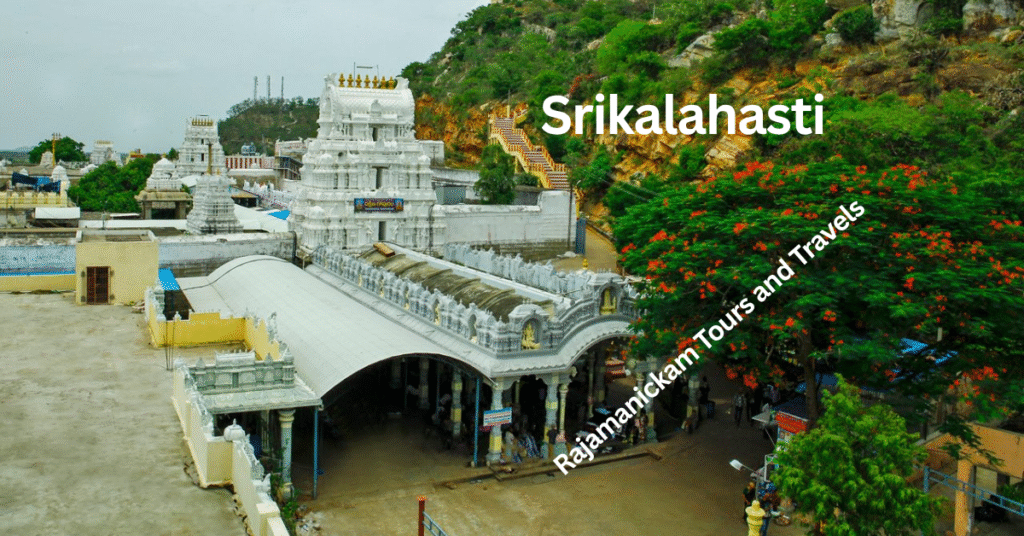A Cosmic Pilgrimage: Exploring the Unique Five Elemental Temples of Tamil Nadu
Where Divinity Meets Design: The Incredible Pancha Bhoota Sthalams
For millennia, ancient civilizations have sought to understand the fundamental building blocks of the universe. In South India, particularly the sacred lands of Tamil Nadu, this quest led to one of the most unique and breathtaking spiritual architectures in the world: the Pancha Bhoota Sthalams.
These five magnificent temples are not merely places of worship; they are cosmic energy centers, each dedicated uniquely to one of the five sacred elements—Earth, Water, Fire, Air, and Space (Ether)—as manifestations of Lord Shiva.
Join us on a journey through these architectural marvels, where the elements themselves become divine form, creating a pilgrimage circuit unmatched in its spiritual significance and historical depth
The concept of the Pancha Bhoota Sthalams is globally unparalleled. These temples were reportedly built thousands of years ago, placed strategically on the Indian subcontinent, and designed so that the Shiva Lingam (the aniconic symbol of Shiva) within each sanctum permanently embodies its corresponding element.
While the complete set of five spans both Tamil Nadu and Andhra Pradesh, four of these essential shrines dominate the spiritual landscape of Tamil Nadu, drawing millions of travelers and devotees annually.
Here are the five powerful elemental temples that define this sacred circuit:
1. Earth (Prithvi): Ekambareswarar Temple, Kanchipuram

The Element: Solidity, Foundation, Strength
Kanchipuram, the famed City of a Thousand Temples, houses the shrine dedicated to Mother Earth. The massive Ekambareswarar Temple is one of the largest temple complexes in India, spreading over 40 acres, reflecting the vastness and stability of the Earth element itself.
- The Energy: The Lingam here, known as Prithvi Lingam, is believed to be made of sand and is worshipped under a 3,500-year-old sacred mango tree, which astonishingly bears four different varieties of fruit.
- Architectural Marvel: The temple boasts tremendous gopurams (tower gateways), with the largest standing over 190 feet tall—a powerful testament to the unwavering foundation of the Earth.

The Element: Flow, Purity, Life Force
Located just outside Trichy, the Thiruvanaikaval temple is the cosmic representation of water. This temple is famous for its innermost sanctum (Garbhagriha) which is perpetually submerged in water, symbolizing the element’s eternal presence beneath the Earth’s surface.
- The Energy: Lord Shiva here is worshipped as Appu Lingam. Despite efforts to pump it out, water continually springs from a subterranean source, keeping the sanctuary moist and cool. Devotees often observe the priest worshipping the Lingam while standing knee-deep in water.
- Unique Ritual: To emphasize the purity and flow, the daily midday prayer (Uchikala pooja) is performed by the temple priest dressed as a woman, symbolizing Goddess Parvati worshipping Shiva (Jambukeswara).

The Element: Illumination, Light, Transformation
Thiruvannamalai is perhaps the most spiritually vibrant destination on this circuit. Here, Shiva is worshipped not in a statue, but in the majestic towering hill itself—Mount Arunachala.
- The Energy: This is the Agni Lingam (Fire Lingam). Legend holds that Shiva emerged as an infinite column of fire, whose beginning and end could not be found by Brahma or Vishnu. The massive temple complex at the base represents the visible foundation of that sacred flame.
- The Festival of Lights: The powerful connection to fire culminates in the spectacular Karthigai Deepam festival. Millions gather to witness a gigantic flame lit atop the 2,669-foot Arunachala hill, symbolizing Shiva as the cosmic light of wisdom.

The Element: Formlessness, Sound, The Void
If the other temples define matter, Chidambaram defines the absence of matter—pure, unbounded space, or Akasha. This temple is unique because Shiva is worshipped here as Nataraja, the Cosmic Dancer, embodying vibration and movement.
- The Energy: The Akasha Lingam is known as the Chidambara Rahasyam (The Secret of Chidambaram). Unlike the physical Lingams in the other four temples, here, the sanctum contains only an empty space covered by a curtain decorated with golden Bilva leaves. When the curtain is opened, the void is worshipped—a profound philosophical statement that the ultimate form of God is formless.
- Architectural Clues: The temple is celebrated for its unique alignment, where the cosmic dance (Ananda Tandavam) of Nataraja is said to sustain the universe. The architecture perfectly combines geometry, astronomy, and art.
.

The Element: Breath, Movement, Life
To complete the full Pancha Bhoota Sthalam experience, the fifth and final element, Air, is represented slightly north of Tamil Nadu, in the neighboring state of Andhra Pradesh.
- The Energy: This temple houses the Vayu Lingam. The Lingam is said to have the energy of the wind itself. A distinct feature noticed by devotees is that the lamp kept inside the inner sanctum, which has no direct air paths, continuously flickers, mesmerizing the observers with the invisible power of Vayu.
- The Name: Srikalahasti derives its name from Sri (Spider), Kala (Cobra), and Hasti (Elephant)—three creatures who attained salvation here by worshipping Shiva.
The Pancha Bhoota Sthalams offer more than just architectural splendor; they provide a spiritual pathway. These temples are meticulously designed to allow devotees to experience the energy of creation through physical manifestation.
Whether you are marveling at the colossal granite structure of Ekambareswarar, feeling the cool moisture of Jambukeswarar, gazing up at the fiery peak of Arunachala, or contemplating the divine void at Chidambaram, you are engaging with ancient science and profound belief.
This pilgrimage is truly unique in the world, offering a deeply connective journey where the very Earth you walk upon, the water you drink, the air you breathe, the fire that gives you light, and the space that contains you are all sacred forms of the divine.
Ready to embark on a journey that defines the cosmic origins of South India? These five elemental temples await your presence—a testament to human devotion and architectural genius.




